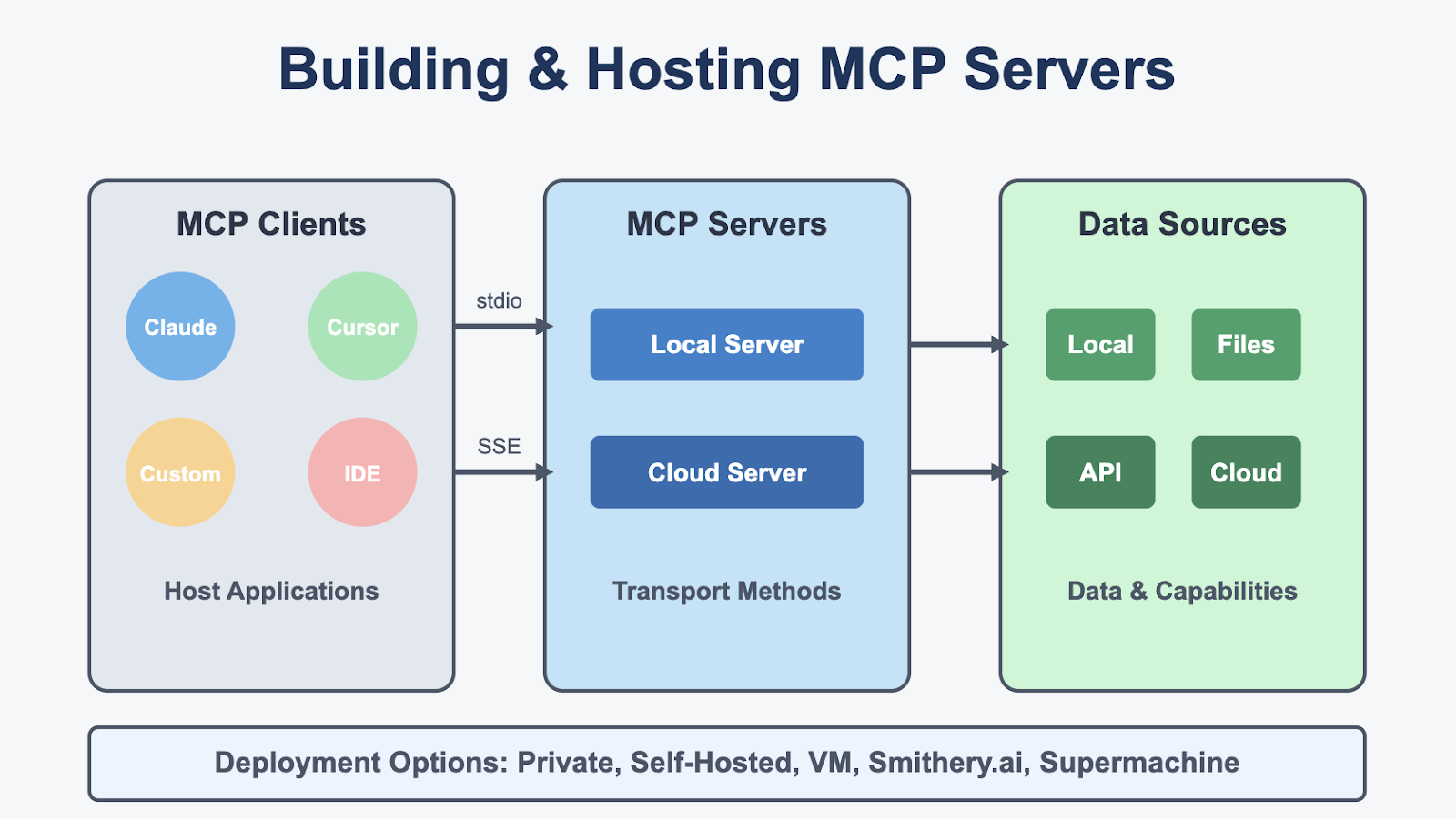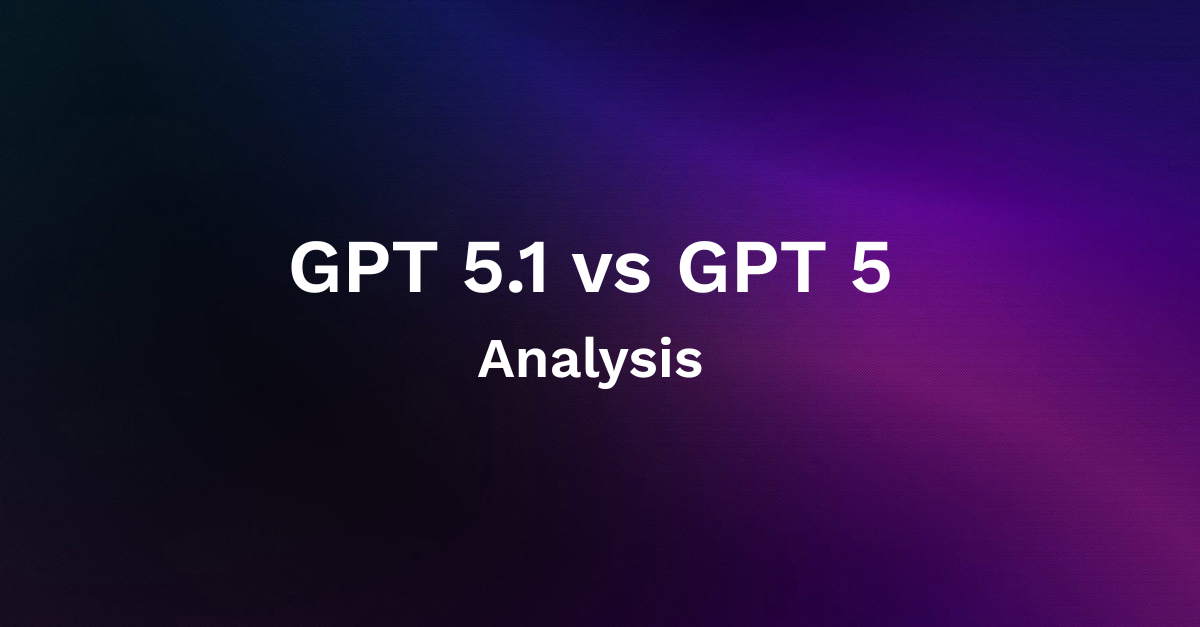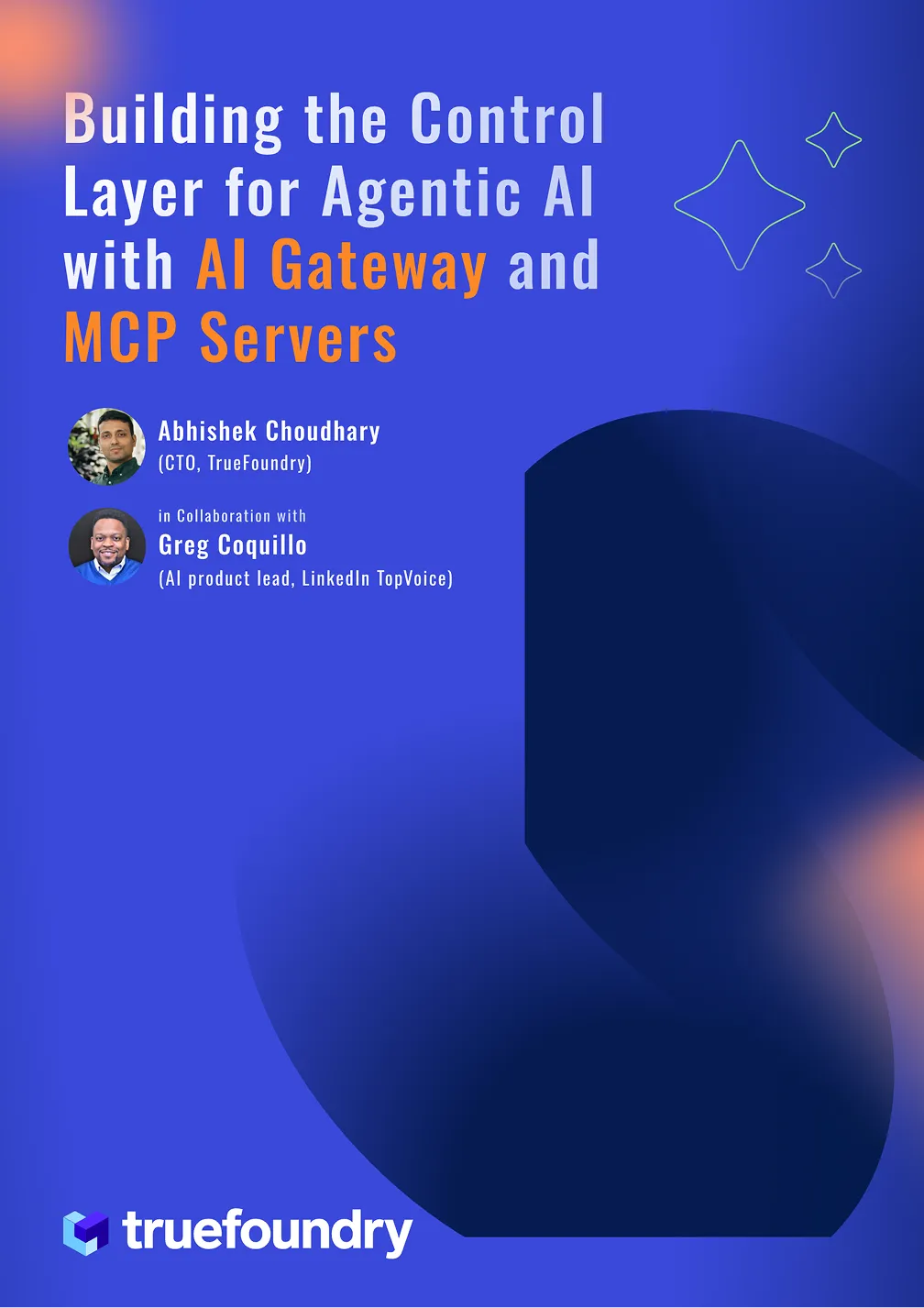What is a Virtual MCP Server?
AI development is moving at a pace where new tools appear almost every week, and teams are under pressure to integrate them quickly.
MCP servers have become the standard way to connect these tools with large language models, but there’s a catch, managing multiple servers for testing, scaling, or experimentation soon turns into a heavy lift.
This is where a Virtual MCP Server changes the game. Instead of deploying and maintaining separate servers every time you want to try something new, a virtual server lets you simulate the same experience in a flexible, lightweight environment. It feels like working with a real MCP server, yet without the overhead.
In this article, we’ll explore what a Virtual MCP Server is, why it’s different, its core features, common deployment patterns, and where it proves most useful in practice.
What is a Virtual MCP Server?

A Virtual MCP Server is essentially a simulated version of a standard Model Context Protocol (MCP) server. Instead of deploying and maintaining a live server for every new tool or workflow, a virtual server gives you the same interface and behavior in a lightweight, software-only environment.
It feels real to the LLM and to developers, but it does not carry the operational overhead of a full production server.
This makes it especially valuable during the early stages of development. Teams can try out new tools, test how different services interact, or validate integration logic without the risk of breaking anything in production. Once the setup works as intended, moving to a live MCP server becomes much smoother and less error-prone.
What really stands out are the features that make a virtual MCP server more than just a placeholder:
- Safe sandbox for experimentation without touching production.
- Fast, lightweight setup that reduces infrastructure overhead.
- Parallel environments that can be spun up for demos, testing, or workshops.
- Consistent behavior across projects, saving time on reconfiguration.
- Scalable simulation that supports dozens of environments without added cost.
Practically, this means developers can focus on building workflows and fine-tuning user experiences, while product managers and researchers can validate ideas before committing to full deployments. A virtual MCP server is not a replacement for the real thing, but it acts as a bridge that helps organizations move faster, take fewer risks, and confidently transition into production when the time is right.
What Makes a Virtual MCP Server Different?
While a standard MCP server provides direct access to AI tools and integrations, a virtual MCP server introduces a layer of flexibility that traditional setups cannot match. At a high level, the difference lies in purpose and usability.
A regular MCP server is built for production, serving live requests and handling real workloads. A virtual server, on the other hand, is designed for experimentation, testing, and controlled development environments.
Several characteristics set virtual MCP servers apart from their standard counterparts:
- Lightweight and fast: They require minimal setup and can be launched quickly without heavy infrastructure.
- Experimentation-friendly: Teams can test new integrations, simulate workflows, and validate configurations without affecting live systems.
- Flexible scaling: Multiple virtual servers can run simultaneously, allowing parallel testing of different scenarios.
- Consistency across environments: Because the virtual server emulates real MCP behavior, developers get predictable and repeatable results across projects.
- Cost efficiency: Organizations avoid the expense of provisioning multiple physical or cloud servers for development and testing purposes.
Another key difference is risk management. With a virtual MCP server, developers and teams can try bold changes without the fear of disrupting production services.
They can catch errors early, test corner cases, and fine-tune performance before deploying to the real MCP environment.
Ultimately, a virtual MCP server is not meant to replace a live MCP server. Instead, it complements it by providing a safe, controlled, and flexible environment for development.
This distinction allows teams to innovate faster, experiment freely, and make informed decisions when scaling up, ensuring that when it comes time for production, the deployment is smooth, reliable, and efficient.
Key Features of a Virtual MCP Server
A Virtual MCP Server is more than just a simulated environment; it comes with a set of features that make development, testing, and experimentation much more efficient. These features are designed to address the challenges teams face when integrating multiple AI tools and services into large language model workflows.
Safe Sandbox for Experimentation: One of the most valuable aspects of a virtual MCP server is its ability to provide a controlled environment. Developers can test new tools, workflows, or integration logic without affecting production systems. This reduces risk and encourages experimentation.
Lightweight and Fast Setup: Unlike physical or fully deployed MCP servers, virtual MCP servers require minimal infrastructure. They can be spun up quickly and easily, allowing teams to focus on building and testing workflows rather than managing hardware or complex server configurations.
Parallel Environments: Multiple virtual servers can run simultaneously, making it easy to test different tools, configurations, or scenarios side by side. This is particularly useful for large teams or projects with multiple development streams.
Consistency Across Projects: Virtual MCP servers emulate real MCP behavior consistently, which ensures that results are predictable and reproducible. Developers can move between projects without needing to reconfigure environments each time.
Scalable Simulation: Even though virtual servers are lightweight, they can scale to accommodate dozens of simulated environments running in parallel. This scalability allows teams to experiment extensively without incurring significant infrastructure costs.
Cost Efficiency: By removing the need for multiple physical or cloud-based servers for testing and prototyping, organizations save both time and money while still maintaining high-quality development standards.
Rapid Iteration: The combination of quick setup, safe testing, and scalability allows teams to iterate on ideas faster. Changes can be validated immediately, reducing the time from concept to production-ready workflows.
Overall, the key features of a virtual MCP server make it a powerful tool for AI teams. It balances flexibility, safety, and efficiency, enabling developers to innovate confidently. By providing a reliable, simulated environment, virtual MCP servers allow organizations to experiment freely, validate ideas, and ensure smoother transitions to production MCP servers.
Typical Architectures and Deployment Patterns
Virtual MCP Servers can be deployed in a variety of architectures depending on the organization’s needs, scale, and level of experimentation. While the underlying concept remains the same simulated environment mimicking a real MCP server, the deployment patterns vary to balance flexibility, scalability, and reliability.
One common approach is the single-instance virtual server. In this setup, a single virtual MCP server runs on a local machine or lightweight cloud instance.
It is ideal for small teams, early prototyping, or individual developers who want to test integrations quickly without complex infrastructure. The setup is simple, requires minimal resources, and is perfect for validating ideas before moving to larger environments.
For larger teams or projects, multi-instance deployments are more common. Multiple virtual MCP servers run in parallel, either on local machines, cloud VMs, or containerized environments. Each instance can simulate different configurations, tools, or workflows. This pattern allows teams to test multiple scenarios simultaneously, run parallel experiments, and maintain separation between development streams.
Containerized deployments are another popular pattern. Using Docker or Kubernetes, virtual MCP servers can be spun up as isolated containers that behave consistently across development, testing, and staging environments. This approach ensures reproducibility, easy scaling, and rapid iteration while keeping environments consistent across teams.
Some organizations adopt a hybrid deployment where virtual MCP servers coexist with live MCP servers. Virtual instances handle experimentation, prototyping, and testing, while the live servers manage production workloads. This pattern provides the best of both worlds. Teams can innovate freely in virtual environments without disrupting production, while real workloads continue uninterrupted.
Across all architectures, the focus remains on flexibility, speed, and reliability. Virtual MCP servers are designed to reduce overhead, simplify testing, and encourage experimentation.
By selecting the deployment pattern that matches their scale and objectives, organizations can ensure that development, testing, and validation processes are efficient and risk-free.
In essence, the architecture is about giving teams the tools to innovate confidently while maintaining control, consistency, and scalability across their AI workflows.
When to Use a Virtual MCP Server
Virtual MCP Servers are most valuable in scenarios where experimentation, rapid iteration, and risk-free testing are crucial. They help teams validate ideas, prototype workflows, and experiment with integrations before committing to full-scale production.
Prototyping New Workflows
Imagine a startup building a conversational AI platform. The team wants to integrate multiple tools like sentiment analysis, knowledge retrieval, and summarization engines into a single workflow.
Instead of deploying multiple live MCP servers and risking errors in production, they use a virtual MCP server. This allows them to simulate interactions, test each tool’s behavior, and refine the workflow safely and quickly.
Parallel Experimentation Across Teams
Large enterprises often have multiple teams working on different projects at the same time. One team might be testing a recommendation engine while another experiments with document summarization.
Virtual MCP servers enable these teams to run parallel experiments without conflicts, saving time, reducing infrastructure complexity, and avoiding disruptions in production systems.
Training and Internal Workshops
Virtual MCP servers are excellent for onboarding new developers or training teams on MCP workflows. Companies can provide a controlled environment where employees explore integrations, test workflows, and practice without touching production servers. This accelerates learning, reduces mistakes, and ensures the main infrastructure remains secure.
Early-Stage Validation of New Tools
Research labs and AI teams can use virtual MCP servers to evaluate new tools before full deployment. For example, a lab testing a new summarization tool can integrate it in a virtual server to check performance, catch compatibility issues, and fine-tune configurations. This reduces risk and ensures reliability before moving the tool to production.
Cost-Effective Scaling for Testing
Virtual MCP servers allow organizations to run dozens of simulated environments simultaneously. This makes it easy to test multiple configurations, run demos, or conduct large-scale experiments without incurring the cost of multiple physical or cloud-based servers.
In all these cases, virtual MCP servers provide flexibility, safety, and speed, helping teams innovate confidently and transition ideas smoothly into production.
Real-World Examples
Virtual MCP Servers are no longer just a concept for development teams—they are actively being used by companies around the world to streamline workflows, test integrations safely, and accelerate innovation. The following examples highlight how organizations across industries are leveraging these servers in practical, impactful ways.
Versa Networks: Enhancing SASE Operations
Versa Networks has integrated Model Context Protocol (MCP) servers into its Secure Access Service Edge (SASE) solutions. This integration allows for dynamic policy adjustments and real-time threat intelligence sharing across distributed networks, streamlining operations and enhancing security posture.
Cloudflare: Empowering AI Agents with MCP Servers
Cloudflare collaborated with leading AI companies, including Anthropic, Asana, Atlassian, Block, Intercom, Linear, PayPal, Sentry, Stripe, and Webflow, to develop remote MCP servers.
These servers enable AI agents to manage projects, generate invoices, query databases, and deploy full-stack applications directly through chat interfaces, facilitating seamless workflows.
SuperAGI: Advancing AI Capabilities Across Industries
SuperAGI has documented various case studies illustrating the adoption of MCP servers across sectors like finance, healthcare, and manufacturing.
For instance, Raiffeisen Bank International utilized MCP servers to develop an AI-powered risk management platform, improving risk assessment capabilities by 40 percent.
Block: Integrating MCP Servers into Enterprise Workflows
Block has integrated MCP servers into its enterprise workflows, connecting AI agents to tools like Snowflake for querying internal data, GitHub and Jira for software development, Slack and Google Drive for information gathering, and internal APIs for specialized use cases such as compliance checks and support triage.
AWS: Scaling MCP Servers for Enterprise Workloads
AWS provides a centralized approach to implementing MCP servers, enabling enterprises to overcome operational silos and inefficiencies. This solution offers a straightforward and enterprise-ready way to implement MCP servers, facilitating the development of agentic workflows and improving operational efficiency.
Conclusion
Virtual MCP Servers are changing the way organizations approach AI development and integration. By providing a simulated environment that mirrors real MCP servers, they allow teams to experiment, test, and refine workflows safely and efficiently. This flexibility is crucial in a landscape where speed, accuracy, and innovation determine success.
Across industries, from startups building AI-powered platforms to enterprises managing multiple development streams, virtual MCP servers enable teams to prototype new tools, validate integrations, and scale experiments without the risk of disrupting production. They provide a controlled environment where ideas can be tested, iterations can be accelerated, and solutions can be refined before full deployment.
Real-world examples from companies like Versa Networks, Cloudflare, SuperAGI, Block, and AWS highlight the practical impact of virtual MCP servers, showing how they improve workflow efficiency, reduce operational risks, and bridge the gap between experimentation and production.
In the end, virtual MCP servers are not just development tools, they are strategic enablers. By incorporating them into their AI workflows, organizations can innovate confidently, move faster, and ensure smoother transitions from prototypes to production-ready solutions, making experimentation and scaling more reliable and efficient than ever before.
Built for Speed: ~10ms Latency, Even Under Load
Blazingly fast way to build, track and deploy your models!
- Handles 350+ RPS on just 1 vCPU — no tuning needed
- Production-ready with full enterprise support
TrueFoundry AI Gateway delivers ~3–4 ms latency, handles 350+ RPS on 1 vCPU, scales horizontally with ease, and is production-ready, while LiteLLM suffers from high latency, struggles beyond moderate RPS, lacks built-in scaling, and is best for light or prototype workloads.





















